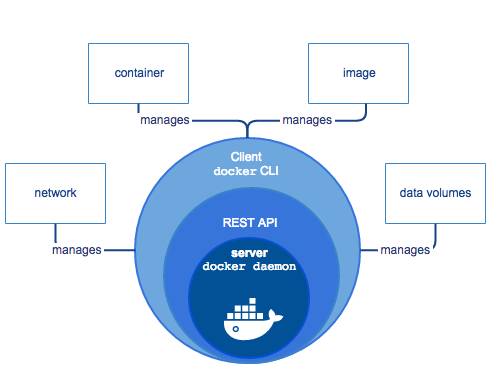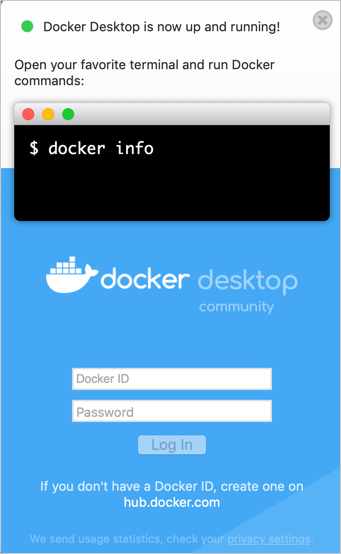

Running your ACI using a Docker Hub imageīefore you can run the ACI integration, you first need to “switch context”, using the following command: docker context use Let’s continue with running an actual container in the next step. The Docker Context, pointing to Azure ACI is available now. While this works, the naming convention for the newly created Resource Group is probably not going to work in any organization (naming convention policies etc…) so let’s run this command again, and create a new context, based on an already existing Resource Group we want to use, by running the following command: docker context create aci -location -resource-group -subscription If you don’t want to use an existing Resource Group, you can create a new one: Next, it will list up the different Resource Group within your subscription. This will prompt you for your Azure subscription credentials in a browser, just like a regular Azure authentication prompt (this also recognizes MFA, to make this a rather secure option) Creating a Docker Contextįrom your Command Prompt, create a new Docker Context, by running the following command: docker context create aci īased on the authenticated logon from the previous step, it will list up the different Azure subscriptions linked to your account using the “arrow” keys, you can select the subscription you want to use. Initiate the following command: Docker Login Azure The first feature that is part of the Docker Desktop, is allowing us to authenticate to Azure, directly from the Docker engine. Or in our case, the “default context” being your local machine running Docker, and the other one being “Azure”) – Allocate a Docker Hub image to run as an Azure Container Instance, and run it Authenticate to Azure, directly from Docker

In short, you go through the following steps: – Authenticate to Azure, directly from Docker – connect Docker to Azure Container Instance by creating a “Docker Context” (think of this as an environment with its own settings, much like dev/test, staging, production. On to the next step… Now we are running the latest Docker Desktop, it is time to play around with the newest Azure Container Instance (ACI) integration – which is the whole point of this blog post. Nice, that Docker Desktop install went smooth! You can validate this from the Docker icon in the taskbar’s notification area if it shouldn’t start automatically, you can start it from here as well, by right-clicking on it.Ĭonfirm Docker Desktop is running fine from a Docker Perspective, by opening your Command Prompt, and running Docker info Wait for the component install to completeĪfter only a few minutes, Docker Desktop should run fine.

Mac install docker cli download#
A sample Docker container (you can grab “my example”) if you want, or use any other you like)įrom the Docker website, download the Docker Desktop Edge or Stable edition (I’ve used Edge for this article fyi)Īccept the options to create a desktop shortcut and allow the integration with WSL (if that is what you were using before…).An Azure subscription, allowing you to deploy and run Azure Container Instance.This capability is out of preview now, and requiring Docker Desktop Edge 2.3.2.0 or the more traditional Docker Desktop Stable 2.3.0.5.While ACI has been around for 2 or more years already, it now becomes possible to manage and run your ACI-based containers directly from the Docker commandline.Īnd that’s exactly what I will guide you through in this post. A first announcement involved a cool integration with Azure Container Instance (ACI), a low-level container runtime on Azure, allowing you to run a container without the typical management complexity.
Mac install docker cli windows#
At the latest DockerCon (virtual) Conference, Docker announced a more tightened partnership with Microsoft, boosting the adoption and integration of Docker containers for Windows Server as well as Azure-running containerized workloads.


 0 kommentar(er)
0 kommentar(er)
